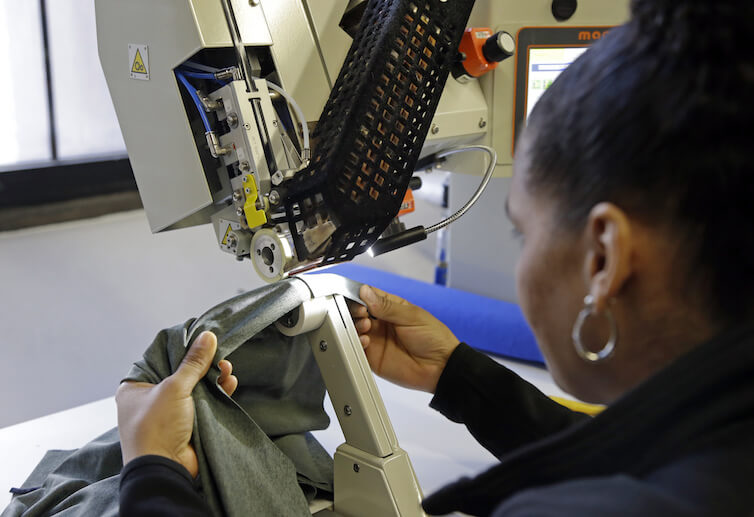Another take on declining productivity growth in high-income countries

By now, the slowdown in productivity growth in the United States and other high-income countries is a well-known and much lamented trend. A slightly less appreciated aspect of productivity growth is that the slowdown has been accompanied by an increase in dispersion, or inequality, of labor productivity across firms. This trend is not restricted to the U.S. economy. The Organisation for Economic Cooperation and Development has identified it as a problem for most high-income economies. This productivity dispersion—in combination with declining growth rates—points toward explanations of the slowdown that involve a breakdown in the diffusion of productivity among firms.
In a new paper for a National Bureau of Economic Research conference, four economists—Lucia Foster and Cheryl Grim of the U.S. Census Bureau and John Haltiwanger and Zoltan Wolf of the University of Maryland—look at what happens to productivity after new firms enter a market due to a new innovation. The authors look at data on productivity that covers the entire U.S. economy, not just the manufacturing sector, which many studies of productivity focus on.
In trying to understand the relationship between innovation and productivity, the authors use a model that examines when an innovation occurs that in turn causes a person (or persons) to start a new business. The new company enters an industry, and the innovation gets spread around. Other new firms enter, and older firms try to adapt their business in light of the new innovation. The result is a rise in the dispersion of productivity across the industry. But then, resources start flowing toward the most productive firms, which increases productivity growth.
The analysis in the paper finds that this description of productivity growth holds up when examining the data from the productivity increases of the late 1990s. The entry of new firms with new innovations increased, resulting in increased productivity dispersion in the short term, followed by higher productivity growth three to four years after the increased entry. But the description seems to break down during the productivity slowdown of the 2000s. The entry of new firms into the economy declined, yet productivity inequality increased while growth slowed. The end result today is that high-productivity firms exist next to low-productivity firms. We might expect that the new innovation would spread throughout the economy, but something has stopped that transmission from happening.
The authors note this combination of trends points toward frictions in the economy—in the form of barriers to entry or a lack of responsiveness to productivity shocks—due to resources not necessarily flowing to the more productive firms. These frictions, especially when it comes to employment, may sound similar to readers of studies about rising inequality between firms. As James Pethokoukis at the American Enterprise Institute points out, the increased sorting of firms into high-productivity and low-productivity groups is also about income inequality. Economic analysis that seeks to explain both why productivity isn’t diffusing and why interfirm income inequality—higher wages and high productivity growth among some firms and low-wage growth amid low productivity growth among others—is rising are ones that policymakers should pay more attention to.

